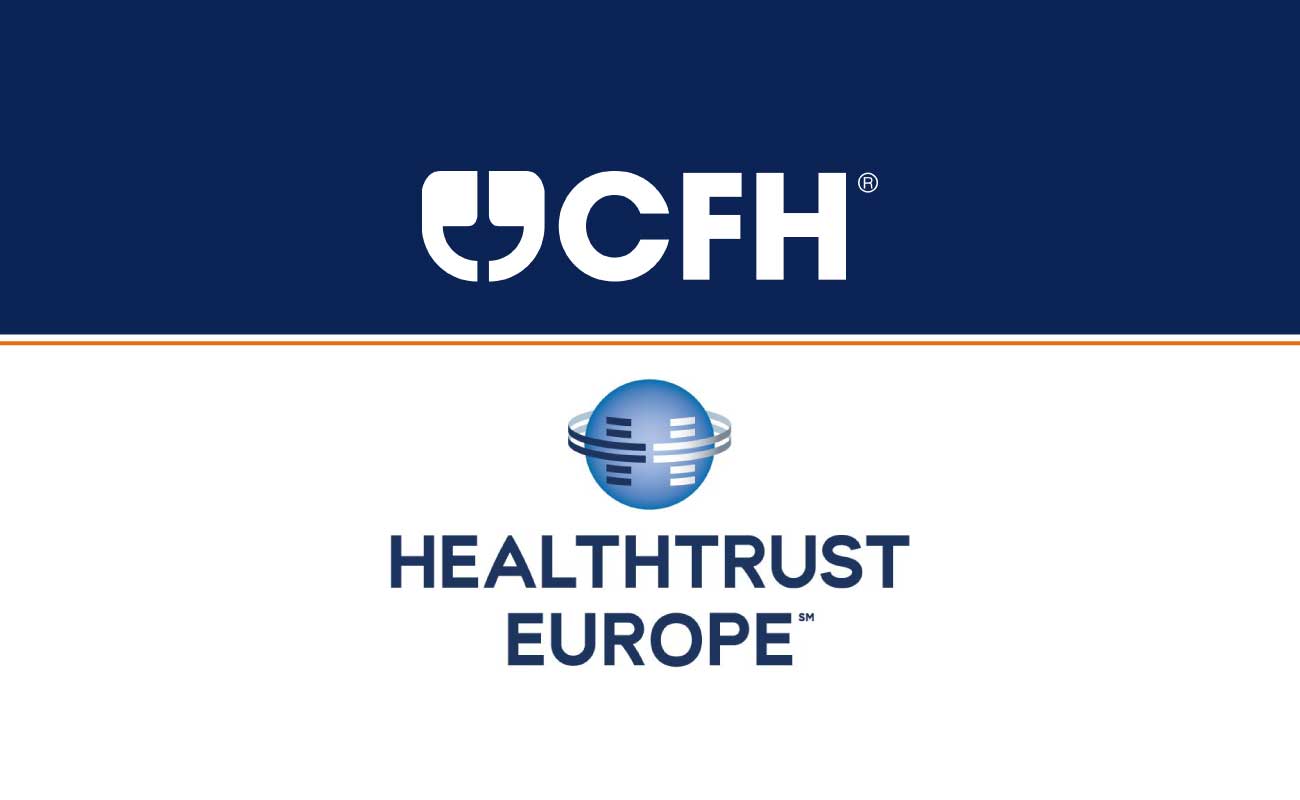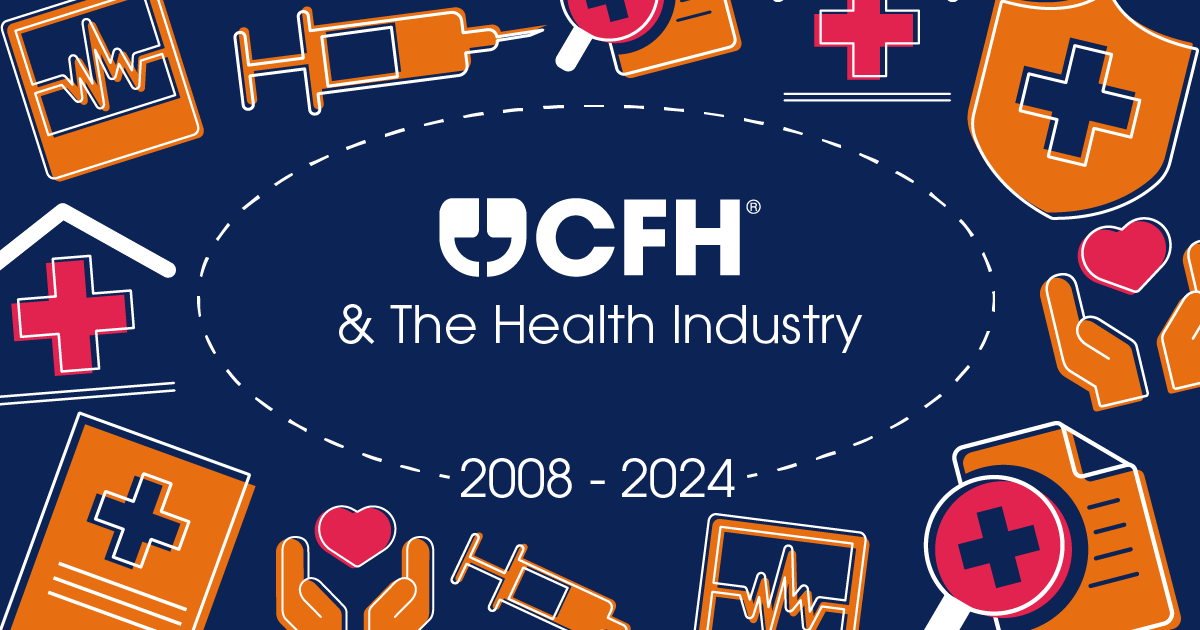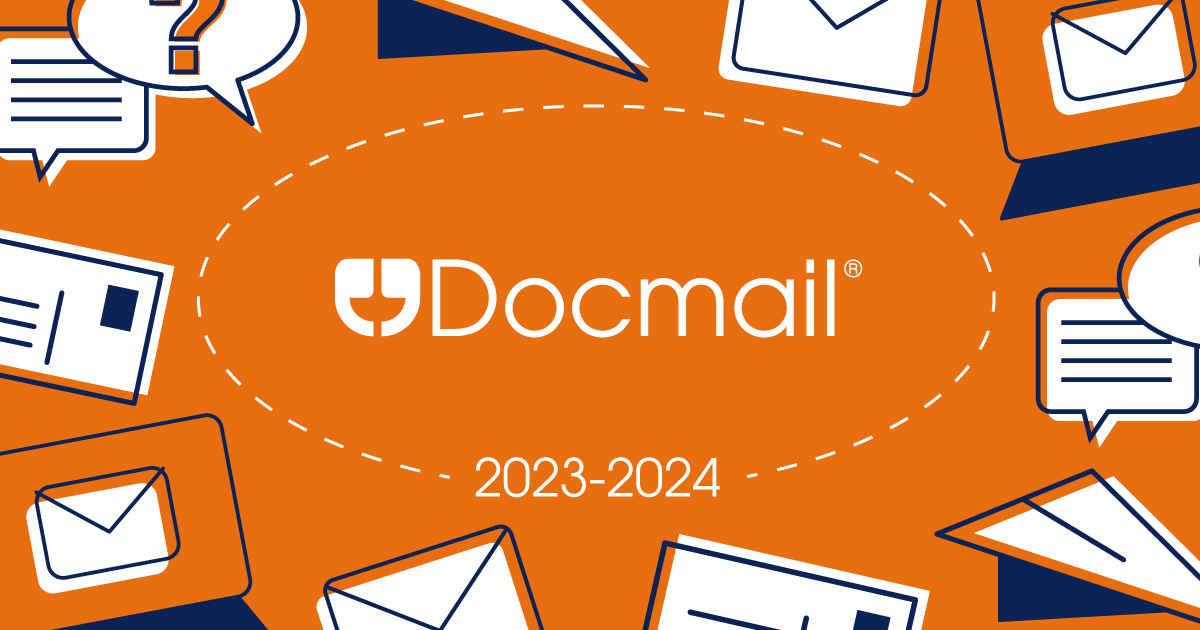With increasing pressures for practices to meet targets, objectives and reach long term goals, this part of the financial calendar is the time many are reviewing those actionable objectives they’ve been working towards.
Pressures of getting it right and meeting these targets come under strain as the population of England rapidly changes, with demographic cohorts becoming wider, denser, and harder to engage.
Challenged with reaching QOF targets to help fund the quality of healthcare, practices are working towards ensuring they can reach the optimum level of points for the services they deliver. This not only provides an indication of the quality of healthcare received but also helps generate funds for the new financial year.
|
THE QUALITY AND OUTCOMES FRAMEWORKThe quality and outcomes framework (QOF) is a voluntary annual reward incentive programme for all GP practices in England. The framework focuses on 5 key components also known as domains, that have targeted actions, that are measured by a points indicator. This asks the question, are you where you need to be in relation to meeting your QOF targets this year? |
With QOF targets increasing year on year, the challenge of meeting these effectively and efficiently changes with each approach.
It is likely that your practice has measurable targets for you to reach in relation to each indicator that forms the QOF objective. These include:
You may have different approaches to achieve these successfully, but reaching these targets is about getting your patients on your side, informed and engaged.
Therefore, a key element of a successful QOF campaign is the use of effective communication to drive the engagement and the response required to get patients into practice.
With every patient responding to different forms of communication differently, patient preference is the first point of call to drive this engagement. As we see the NHS move towards a digital focus, text messages and phone calls are often used for contacting patients and getting them to attend appointments. These are inexpensive options for communicating and provide a direct line to the patient, helping encourage practice uptake in line with the NHS Long Term Plan.
However, these forms of communication are often not always enough. These media channels are often ignored, blend into the digital digest of everyday lives and are unsuccessful when trying to reach those more vulnerable patients. This results in practices seeking other means of driving engagement as they approach the end of the financial year, so have you considered print?
Whilst print is often considered an expensive form of communication, the results outweigh the price. Research shows that it delivers the right impacts to engage different patient cohorts including those who are harder to reach, helping achieve the desired outcome with less resource required.
By using patient centered personalised letters practices benefit from improved channel engagement by delivering communications that elicit a response. The power of print, or the power of the letter, helps NHS organisations drive engagement through a tangible, recognisable communication method that symbolises importance and evokes trust.
A letter provides the ability to include in-detailed information, enclose additional leaflets, signpost patients to online channels and acts as a patient reminder that is portable or can be pinned on the fridge.
Research by Market Reach shows that:
|
100% of NHS mail is read |
79% of NHS mail lives in the home more than 28 days |
49% of NHS mail is discussed with someone |
The sending of a letter therefore can become the difference between a patient attending an appointment and them not attending.
Hybrid mail solutions provide NHS organisations the ability to drive engagement with patients by sending postal communications straight from their desktop, PC, clinical system or device. This eradicates the in-house processes of sending and managing patient postal communications. It transforms the process, whilst driving efficiencies and helping deliver real outcomes.
It’s like having your very own print and mail factory, but with the addition of knowing that you have built in security, GDPR compliance and time and money savings.
Approved hybrid mail suppliers are found on frameworks such as NHS SBS and are supporting medical practices, NHS Trusts, ICBs and the alike across England to drive patient engagement, decrease DNAs and meet practice targets.
Hybrid mail providers experience an increase of practices utilising their services at the end of the financial year, as the time to achieve QOF targets come to an end. With hybrid mail suppliers dominating the market, how do you know what hybrid mail supplier to use?
With SystemOne and Optum (formerly known as EMIS) clinical system compatibility our hybrid mail system Docmail, supports the management and sending of postal communications. It offers complete postal communication flexibility with no minimum or maximum quantities, to allow medical practices to drive engagement with patient cohorts at the first instance or the last. We have most advanced print driver on the market, allowing practices to print from the patient record, providing complete ease of use and a solution that continuously meets your communication requirements.
With ISO 27001 and 9001, Cyber Essentials, Cyber Essentials Plus, Data Security and Information Toolkit Standards Exceeded for over 10 years and approved suppliers on a number of frameworks including the NHS SBS, you know you are partnering with someone you can trust.
Whether your practice is looking to engage with patients on the first try or looking to engage with those who have not responded to other forms of communication, the solution works with you to drive responses and help you meet your targets.
For more information on Docmail and how it can support you visit here.
Structured Credit Communications For Leading Agri-Food Organisation

Surrey County Council Sought to Optimize Print/Post Services Across Departments. We Helped Transform Their Services With Our Industry Expertise.
The block management software providers at Blocks Online experienced considerable growth upon integrating a reliable mailing method and API connection.
Transitioning to new postal options gave Croydon Health Services NHS Trust more flexibility in how they communicate with their patients.
Keen to adopt a more efficient way of printing, packing and posting their time-sensitive paper communications, High Mill has embraced the Docmail Print Driver.
Simplified Patient Communication For Lung Health Check Programme



Looking to streamline the process of sending crucial patient communications, CFH ensure accuracy and timeliness of delivery for LLR Patient Care Locally.




Fife-based Electricity Asset Services, specializing in electrical and civil engineering, employs CFH's Docmail system for improved communication with Scottish Power and staff.











Docmail, saving valuable time and money while supporting the NHS Long Term Plan, across 110 surgeries and a combined 1 million patient cohort.
